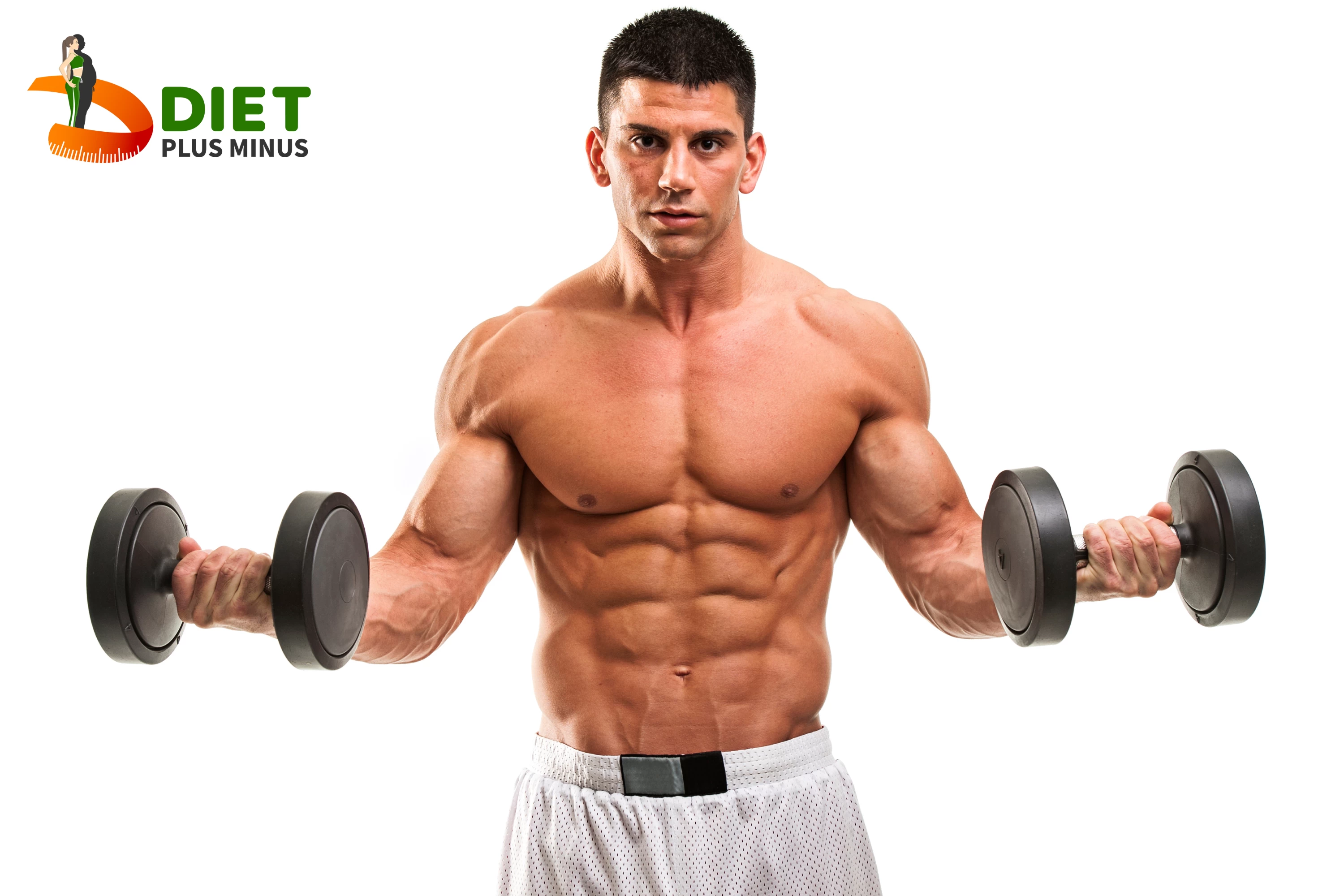Biceps: Dumbbell Curl

Bicep Curl Benefits
Bicep curls strengthen and build arms. This straightforward exercise works with dumbbells, barbells, and resistance bands. Bicep curls build muscle, tone arms, and improve fitness. Bicep curls have several advantages:
First, biceps curls strengthen the anterior deltoids and rhomboids that support your shoulders and spine, improving posture. Good posture reduces upper body fatigue and prevents everyday and exercise injuries.
Second, throwing sports like baseball and tennis benefit from strong biceps. When done properly, bicep curls work all three heads of the muscle, increasing arm strength over time.
Finally, bicep curls strengthen hand grips, which are needed for everyday tasks like carrying heavy objects or opening jars. Grip strength improves functional mobility, making life easier and more enjoyable!
Muscles Used
Dumbbell curls focus on biceps. This exercise targets the front of the upper arm's bicep brachii. Dumbbell curls work its two heads—long and short. This muscle supinates the forearm and flexes the elbow. Start a dumbbell curl with arms at your sides and palms up. Each arm should be bent at the elbow to chest level and then lowered for one repetition. To isolate the biceps, keep your elbows close to your body during each rep. For best form and performance, keep your wrists aligned with your forearms throughout each rep.
Steps to do the Curl
1. Grab two dumbbells and stand shoulder-width apart. Exhale and curl both arms towards your shoulders, keeping your elbows close to the body. The elbow joint should move your palms away.
2. Squeeze at the top of the curl and slowly lower them to starting position. Keep tension on your biceps throughout this movement; momentum will not target your muscles!
3. Repeat for desired reps and sets, switching arms each set for unilateral curls (one arm at a time). Take a break before starting another set or exercise!
Variations and Modifications
Dumbbell curls can be modified to meet individual goals. Heavy weights or slower reps increase intensity. Alternating curls with one arm at a time work both arms independently and let you focus on each side without switching between them during each set. For a simpler modification, lighten the weight or use a thicker handle for better grip. Kneeling or seated curls take up less space than standing curls. Finally, alternating angle hammers work both sides of the biceps and build arm strength and size.
Breathing During Exercise
Exercise performance and injury prevention depend on proper breathing. Breathing properly during dumbbell biceps curls will improve form and exercise effectiveness. Before each curl, inhale deeply. This will increase muscle oxygenation and efficiency. Exhale as you curl the weight, contracting your core. Exhale as you slowly lower the dumbbell and pause at the bottom before starting your next rep. Keeping this pattern throughout your set will ensure your muscles get enough oxygen and help you focus on controlling each repetition for maximum effectiveness.
Rest Periods
Exercise requires rest periods. Dumbbell curls should use strategic rest periods to maximise effectiveness and minimise fatigue.
Exercise intensity and difficulty determine rest period length. Rest 10–30 seconds between sets for normal dumbbell curls. This will give you enough recovery time to maintain proper form throughout the set without getting too tired or losing arm power from the previous repetition.
Using heavier weights for dumbbell curls may require longer rest periods of 60 seconds or more. This will help you complete each repetition with proper form, power output, and recovery so you don't burn out.
Conclusion
Dumbbell curls are great for biceps development. If you workout consistently, these exercises can help you gain mass quickly. Start with a weight that challenges you but lets you do 8-12 reps in good form. Slowly increase the weight as you get stronger to challenge yourself each workout. Alternating between hammer curls, standard curls, and pronated and supinated grips is also important. Targeting different muscle groups improves results. Finally, rest between workouts to help your muscles recover and grow.
In Short:
Steps involved:
-
Stand straight with dumbbells in your both hands.
-
Curl one of your arms while twisting your forearm such that your palm is facing your shoulders at the final position.
-
Slowly return to the initial position and repeat with another arm.
Do’s:
-
Keep the tension at the biceps all the time.
-
Keep the rep timing slow and control the weights.
-
Keep your back straight.
-
Focus more on variety and number of sets rather than focusing on weight.
Don’ts:
-
Do not let the dumbbells hang at the bottom of the exercise.
-
Don’t let the dumbbells touch your body.
-
Don’t use your wrist to lift up the dumbbell.
